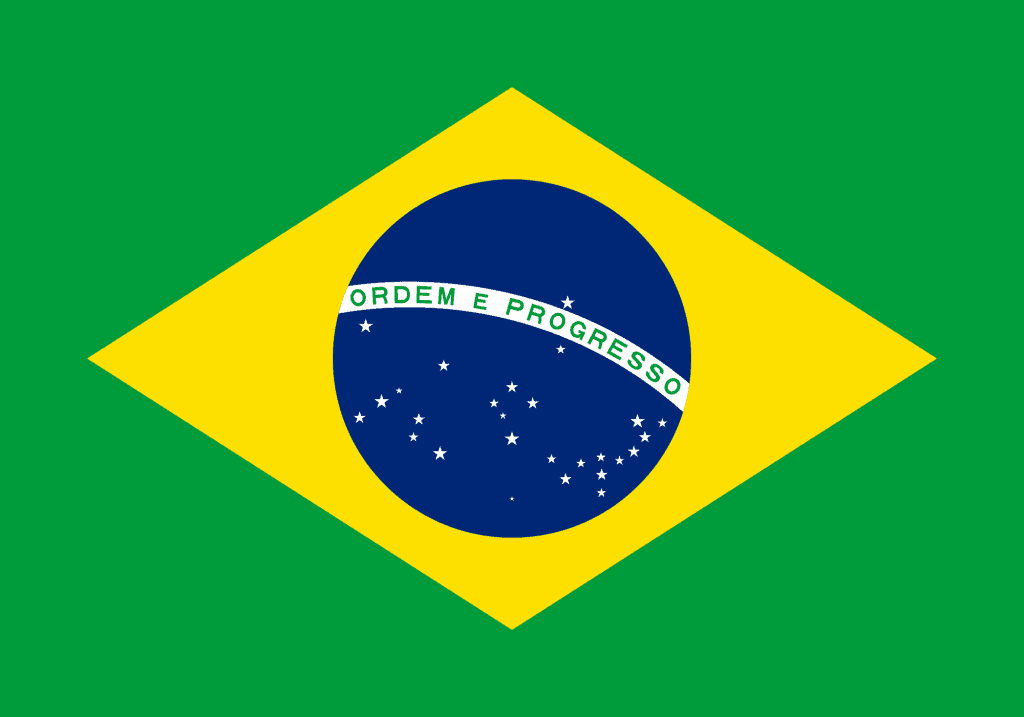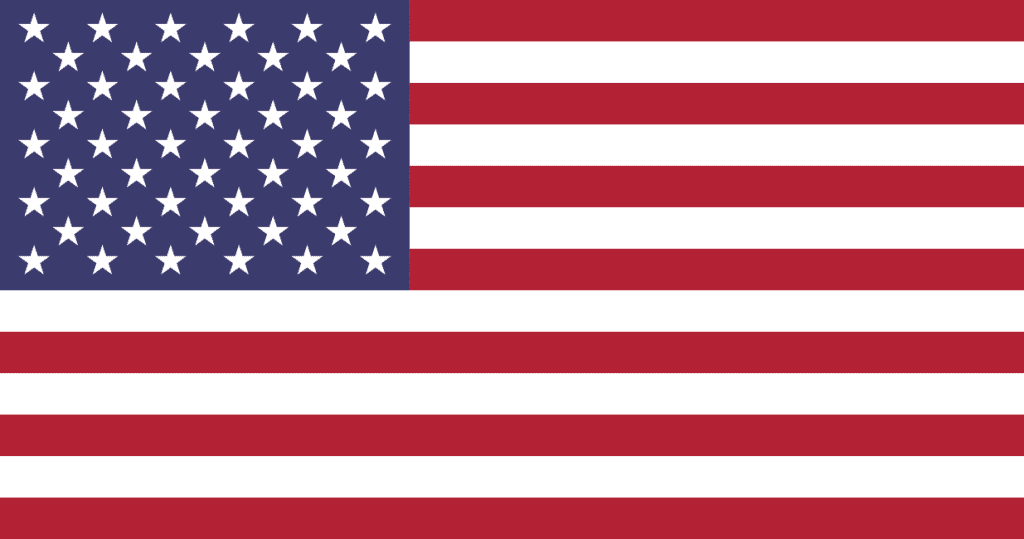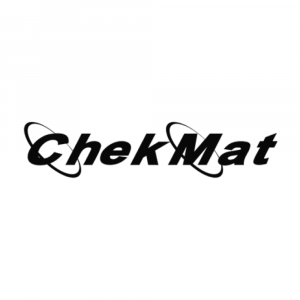DeFi applications are available to anyone—no matter where in the world they reside. Decentralized insurance protocols like Nexus Mutual allow users to protect themselves against a wide range of risks in the DeFi sector, such as hacks, theft, flash crashes, and almost anything else. Anybody can also contribute to insurance pools to earn a return for taking on risk. Advocates of DeFi assert that the decentralized blockchain makes financial transactions secure and more transparent than the private, opaque systems employed in centralized finance. Rather than decentralization, the main characteristic which most DeFi protocols meet and has come to define the ecosystem is that these applications are open for anyone to access.
- Since there is no governing entity at the helm, and there are no regulations or rules to adhere to.
- Prediction markets demonstrate how DeFi can extend beyond finance, enabling decentralized forecasting and decision-making mechanisms.
- Whether you’re staking LP tokens, governance tokens, or native assets, the process is automated and user-friendly.
- DeFi is an open and global financial system built for the internet age – an alternative to a system that’s opaque, tightly controlled, and held together by decades-old infrastructure and processes.
However, they don’t operate like the financial applications you might know. Since DeFi apps use a decentralized blockchain, they can execute actions without a central entity. As DeFi gains mainstream attention, traditional financial institutions are exploring ways to integrate decentralized protocols into their operations. Institutional adoption could bring more legitimacy and stability to DeFi while increasing its overall market size. While some restrictions may limit certain activities, clear regulations could also provide more security for users and encourage wider adoption. Striking a balance between innovation and compliance will be critical for DeFi’s long-term success.
Secure blockchains
By providing open, permissionless access to financial services, DeFi is empowering individuals and fostering a new era of financial inclusion and innovation. Scalability solutions, such as Layer-2 networks, are improving transaction speeds and reducing fees, making DeFi more accessible. Cross-chain compatibility is also advancing, allowing different blockchain networks to interact seamlessly, expanding the ecosystem’s reach. First, you’ll need a non-custodial crypto wallet, such as MetaMask or Phantom. These wallets allow you to interact directly with DeFi platforms while maintaining full control over your funds and transactions, without relying on a third-party custodian. USDC, issued by Circle, stands out as one of the most trusted stablecoins in DeFi, thanks to its transparency and regulatory compliance.
These reserves are provided for by a network of “liquidity providers.” Individuals can use the protocol as long as they have the MetaMask wallet installed. Moreover, DeFi gives individuals a way to easily turn a profit on their digital assets by contributing to lending pools. These pools provide collateral-backed loans to borrowers and allow other users to exchange coins directly with the system. These are so attractive to users because they provide much better returns than banks offer. DeFi exists as an ecosystem of applications (dApps) offering different financial services.
Yam Finance
You will find more information in the linked country specific tax guides. Unstake When NeededIf the protocol supports it, you can unstake at any time. For locked positions, you may need to wait until the staking period ends or pay a penalty for early withdrawal. The system emphasizes decentralization by allowing anyone to run a node.
Is DeFi a good investment?
However, this money isn’t free, and somebody has to pay for it eventually. Ultimately, the ordinary folks have to pay the price and it comes either in the form of increased taxes or higher unemployment rates. Smart contracts and blockchain have enabled anyone to develop a value-based application and offer it to the public, generating a new wave of exciting options – but this comes with a price. With new platforms and services on the rise, we’re sure to see more and more possibilities opening up for crypto users as time goes on. For example, an oracle might tell a crypto network what the price of Ethereum or Bitcoin is at any given moment to establish the basis for a loan. This is yet another example of a DeFi component replacing what a third party would do — and potentially charge for — in the traditional system.
Do I need to lock up my tokens?
Blockchain infrastructure remains in its early form, much of which is clunky to use for developers and market participants alike. For https://fullsendtoken.net/review-of-arbivex/ to qualify as a financial system, comprising transactions and contracts, there must be a stable unit of account, or asset. Participants must be able to expect that the bottom will not fall out in the value of the asset they are using.
Advancements in blockchain scaling, security, and interoperability are making DeFi more efficient and accessible. DeFi is also beginning to integrate with traditional financial systems, blurring the lines between conventional and blockchain-based finance. As regulations take shape and mainstream institutions explore DeFi’s potential, the future of decentralized finance looks more promising than ever.




